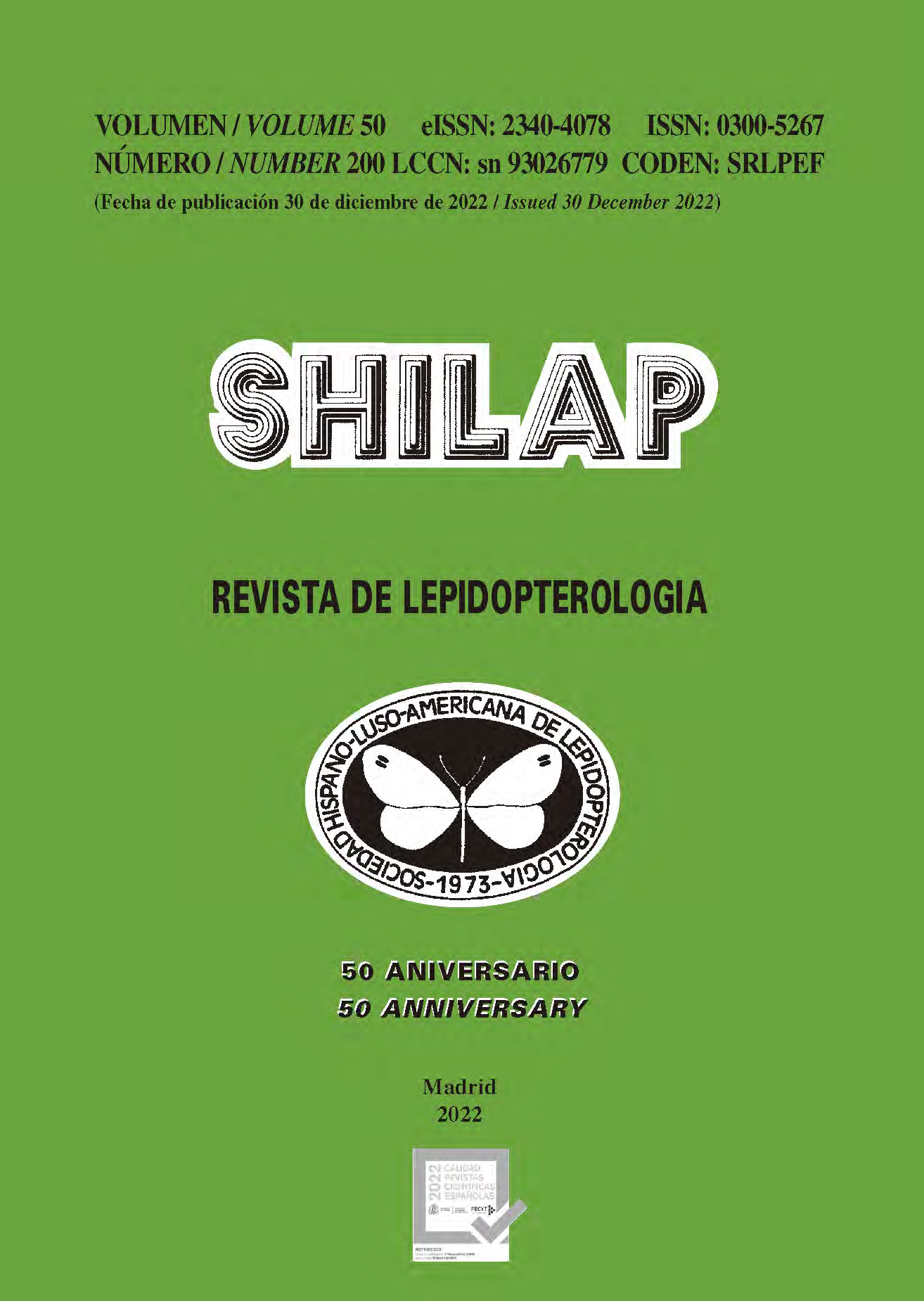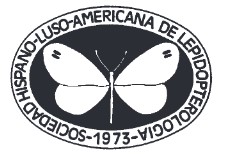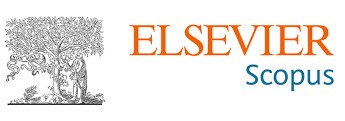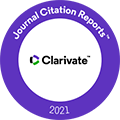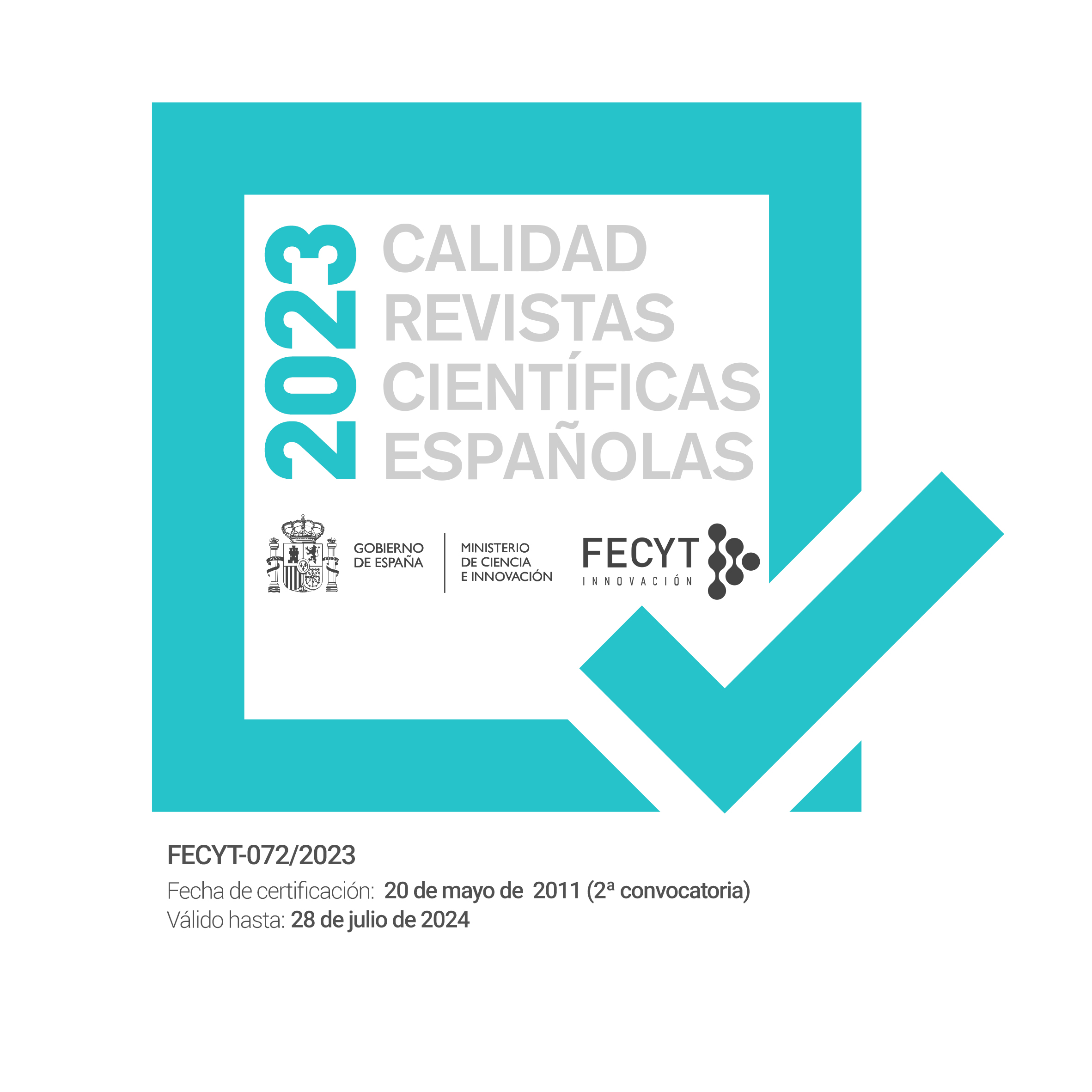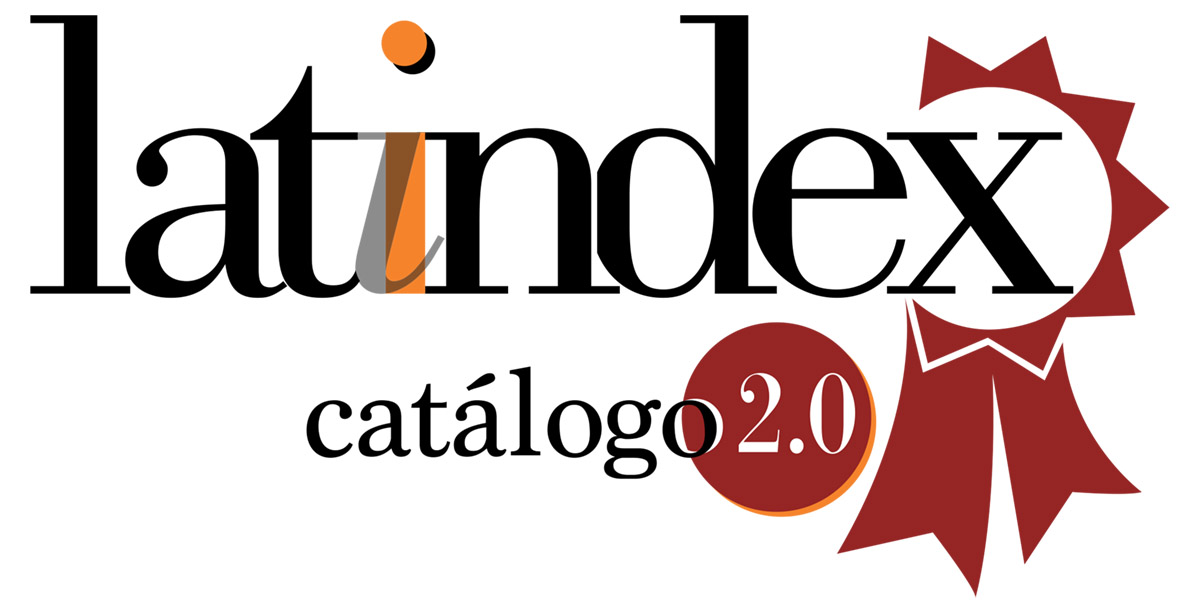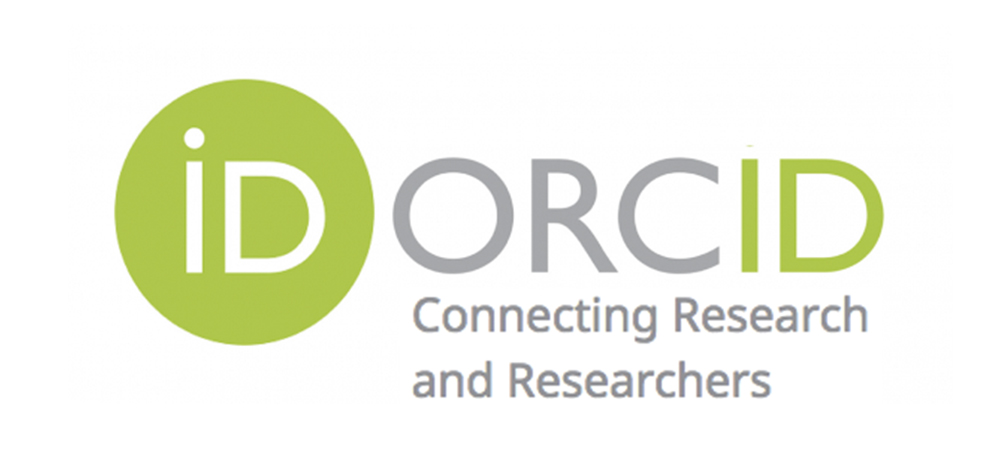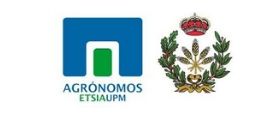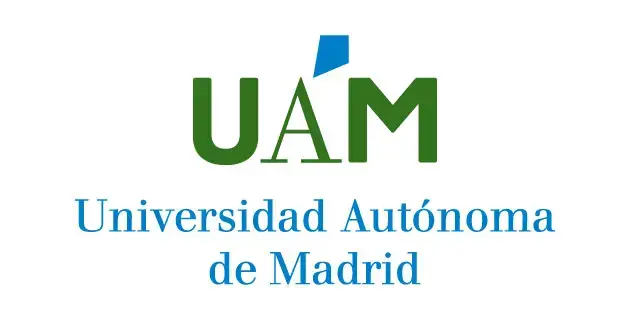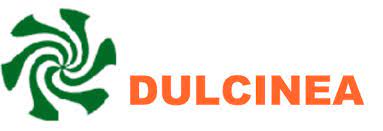New distributional record of Heterocera from Andaman and Nicobar Islands with six new additions to Indian Lepidoptera Fauna (Insecta: Lepidoptera)
DOI :
https://doi.org/10.57065/shilap.274Mots-clés :
Insecta, Lepidoptera, biodiversity, distribution, new records, Andaman and Nicorbar Islands, IndiaRésumé
This paper reports six species of Heterocera belonging to family Geometridae, Notodontidae, Euteliidae, and Noctuidae viz. Probithia imprimata (Walker, 1861), Ruttellerona pseudocessaria Holloway, 1994, Amraica solivagaria (Walker, 1866), Phalera sundana Holloway, 1982, Paectes psaliphora Hampson, 1912 and Iambia lyricalis Holloway, 1989. The species stated above have been collected from different islands of Andaman and Nicobar archipelago. Furthermore, the study reveals new contributions to India’s Lepidoptera fauna. Microphotographs of Adult genitalia along with species diagnosis, habitat, and the new distributional data from these islands are provided.
Téléchargements
Statistiques globales ℹ️
|
465
Vues
|
299
Téléchargements
|
|
764
Total
|
|
Références
Barlow, H. S. (1982). An Introduction to the Moths of South East Asia. Malayan Nature Society.
Chandra, K., Mazumder, A., Sanyal, A. K., Ash, A., Bandyopadhyay, U., Mallick, K., & Raha, A. (2018). Catalogue of Indian Notodontidae Stephens, 1829 (Lepidoptera: Noctuoidea). Zootaxa, 4505(1), 1-84. DOI: https://doi.org/10.11646/zootaxa.4505.1.1
De Prins, J., & De Prins, W. (2011). Global taxonomic database of Gracillariidae (Lepidoptera). http://www.gracillariidae.net
Ganeshaiah, K. N., Sanjappa, M., Rao, R., Murugan, C., & Shivaprakash, K. N. (2019). Spatial distribution pattern of taxonomic and phylogenetic diversity of woody flora in Andaman and Nicobar Islands, India. Forest Ecosystems, 6(38), 1-14. DOI: https://doi.org/10.1186/s40663-019-0196-9
Holloway, J. D. (1989). The moths of Borneo: Family Noctuidae, trifine subfamilies: Noctuinae, Heliothinae, Hadeninae, Acronictinae, Amphipyrinae, Agaristinae. Malayan Nature Journal, 42(2-3), 57-228, 171 pls.
Holloway, J. D. (1994). The moths of Borneo: Family Geometridae, subfamily Ennominae [The Moths of Borneo, Part 11]. Malayan Nature Journal, 47, 1-19.
Holloway, J. D. (1982). Taxonomic Appendix. In H. S. Barlow (ed.). An Introduction to the Moths of South East Asia. Malayan Nature Society.
Holloway, J. D. (1985). Moths of Borneo: Family Noctuidae: Subfamilies Euteliinae, Stictopterinae, Plusiinae, Pantheinae, part 14. Malayan Nature Journal, 38, 157-317.
Holloway, J. D. (1993). The moths of Borneo: Family Geometridae, subfamily Ennominae; Part 11. Malayan Nature Journal, 47, 1-309, 19 plates.
Jiang, N., Sato, R., & Han, H. (2012). One new and one newly recorded species of the genus Amraica Moore, 1888 (Lepidoptera: Geometridae: Ennominae) from China, with diagnoses of the Chinese species. Entomological Science, 15(2), 219-231. DOI: https://doi.org/10.1111/j.1479-8298.2011.00507.x
Kirti, J. S., Chandra, K., Saxena, A., & Singh, N. (2019). Geometrid Moths of India. Nature Books India.
Krupnick, G. A., & Kress, W. J. (2003). Hotspots and ecoregions: A test of conservation priorities using taxonomic data. Biodiversity & Conservation, 12(11), 2237-2253. DOI: https://doi.org/10.1023/A:1024582529645
Mohanraj, P., & Veenakumari, K. (2011). Butterflies of the Andaman and Nicobar Islands: history of collection and checklist. Zootaxa, 3050, 1-36. DOI: https://doi.org/10.11646/zootaxa.3050.1.1
Nayar, M. P. (1996). Hot Spot of Endemic Plants of India, Nepal and Bhutan. Tropical Botanic Garden and Research Institute.
Parsons, M. S., Scoble, M. J., Honey, H. R., Pitkin, L. M., & Pitkin, R. B. (1999). The catalogue. In M. J. Scoble (ed.). Geometrid Moths of the World: A Catalogue (Lepidoptera, Geometridae). CSIRO Publishing.
Poole, R. W. (1989). Lepidopterorum Catalogus. Noctuidae (Vol. 118). E. J. Brill/Flora Fauna Publications.
Prasad, P. R., Sringeswara, A. N., Reddy, C. S., Nagabhatla, N., Rajan, K. S., Giriraj, A., Murthy, M. S. R., Raza, S. H., & Dutt, C. B. H. (2009). Assessment of forest fragmentation and species diversity in North Andaman Islands (India): A geospatial approach. International Journal of Ecology and Development, 14(F09), 33-46. DOI: https://doi.org/10.2478/v10120-009-0006-0
Robinson, G. S., Tuck, K. R., & Shaffer, M. (1994). Field guide to the smaller moths of South-East Asia. The Natural History Museum.
Shashank, P., & Benedek, B. (2020). New records of Noctuid moths (Lepidoptera, Noctuidae) from India, Bhutan, and China. Journal of Insect Biodiversity, 20(1), 26-34. DOI: https://doi.org/10.12976/jib/2020.20.1.4
Stojanoviæ, D., Æurèiæ, S., Stanisavljeviæ, L., & Orloviæ, S. (2014). New and rare moth species (Insecta: Lepidoptera) from Serbia. North-Western Journal of Zoology, 10(2), 318-324.
Wikramanayake, E. D., Dinerstein, E., & Loucks, C. J. (2002). Terrestrial Ecoregions of the Indo-Pacific: A Conservation Assessment (Vol. 3). Island Press.
Téléchargements
Publiée
Comment citer
Numéro
Rubrique
Licence
(c) Tous droits réservés B. Sumit Kumar Rao, Chandrakasan Sivaperuman 2022

Ce travail est disponible sous la licence Creative Commons Attribution 4.0 International .
L'auteur conserve ses droits de marque et de brevet sur tout procédé ou procédure figurant dans l'article.
L'auteur conserve le droit de partager, distribuer, exécuter et communiquer publiquement l'article publié dans SHILAP Revista de lepidopterología, avec une reconnaissance initiale de sa publication dans SHILAP Revista de lepidopterología.
L'auteur conserve le droit de procéder à une publication ultérieure de son travail, de l'utilisation de l'article à sa publication dans un livre, à condition d'indiquer sa publication initiale dans le SHILAP Revista de lepidopterología.
Chaque soumission à SHILAP Revista de lepidopterología doit être accompagnée d'une acceptation des droits d'auteur et de la mention de la paternité. En les acceptant, les auteurs conservent le droit d'auteur de leur travail et acceptent que l'article, s'il est accepté pour publication par le SHILAP Revista de lepidopterología, soit autorisé à être utilisé et distribué sous une licence "Creative Commons Attribution 4.0 International" (CC BY 4.0) ce qui permet une utilisation, une distribution et une reproduction sans restriction sur tout support, à condition que l'auteur et la source originale soient mentionnés.
Vous pouvez lire ici les informations de base et le texte légal de la licence. L'indication de la licence CC BY 4.0 doit être expressément mentionnée de cette manière lorsque cela est nécessaire.
À partir de 2022, le contenu de la version imprimée et numérique est soumis à une licence d'utilisation et de distribution "Creative Commons Attribution 4.0 International" (CC BY 4.0), ce qui permet une utilisation, une distribution et une reproduction sans restriction sur tout support, à condition que l'auteur et la source originale soient mentionnés.
Le contenu antérieur de la revue a été publié sous une licence de droit d'auteur traditionnelle; toutefois, les archives sont disponibles en libre accès.
Lors de l'utilisation du contenu de SHILAP Revista de lepidopterología publié avant l'année 2022, y compris les figures, les tableaux ou tout autre matériel sous forme imprimée ou électronique appartenant aux auteurs des articles, les auteurs doivent obtenir l'autorisation du détenteur des droits d'auteur. Les responsabilités légales, financières et pénales à cet égard incombent à l'auteur ou aux auteurs.
En application du Principe de Priorité du Code international de nomenclature zoologique, aucune autre version que celle publiée par l'éditeur ne peut être déposée dans des dépôts, des sites web personnels ou similaires.
